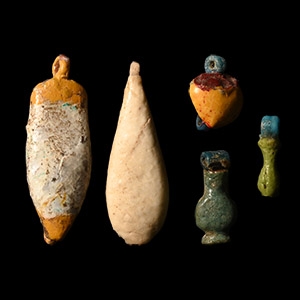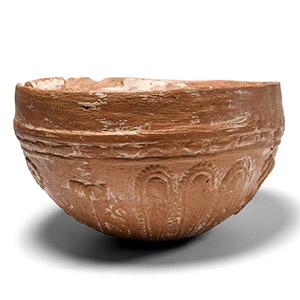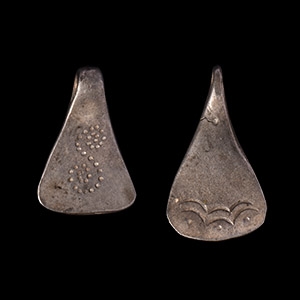Home > Auctions > 23 - 27 May 2023
Ancient Art, Antiquities, Natural History & Coins
Auction Highlights:
From the collection of a London gentleman, 1980s-1990s.
Acquired 1969-1999.
From the private collection of the late Mr S.M., London, UK, thence by descent.
Pazuzu was a divine personification of the southwestern wind, and ruled supreme over other wind demons. As an apotropaic entity, he was considered as both destructive and dangerous, whose power could repel other demons and safeguard homes from their malevolent influence. Phoenician artisans produced many cross-cultural items with Egyptian and Mesopotamian influences.
From a Paris gallery, French collection pre 1978.
Gifted by Herbert Parsons (1870-1940) to his grandson, James Gibson (1926-2013).
Inherited by the vendor and her brother, from their grandfather James Gibson.
Cf. Tiribilli, E., The bronze figurines of the Petrie Museum from 2000 BC to AD 400, (GHP Egyptology 28), London, 2018, pp.70-71, nos. 82-83, 85, for similar.
Acquired in the 1970s.
Property of a London gentleman.
From an early 20th century collection, Surrey, UK.
Ex private collection, 1980s.
Acquired on the UK art market in the 1990s.
From the collection of a North American gentleman, formed in the 1990s.
Cf. Архипова, Є.І., Відейко, М.Ю., Клочко, В.І., Клочко, Л.С., Левада, М.Є., Симоненко, О.В., Стоянов, Р.В., Колекція предметів старовини родин Платонових та Тарут (Collection of items from the ancient homelands of Platanov and Taurid, in Russian), 2004; see also Yavtushenko, I. (eds.), Masterpieces of Platar, 2004.
Ornamental discs of this type decorated the long dresses of Sarmatian princesses, arranged vertically on long garments, on shawls, and on the upper shoulders. They were fixed to the garments through sewing, using the fastening holes.
Private Dutch collection, 1970-2010.
Ex private Dutch collection, 2010-2018.
Cf. Baur, P.V.C., ‘Megarian Bowls in the Rebecca Darlington Stoddard Collection of Greek and Italian vases in Yale University’ in American Journal of Archaeology, vol.45, no.2, April-June, 1941, pp.229-248.
The term ‘Megarian’ bowl applied to this type of pottery is a modern convention for academic purposes. The name ‘Megarian’ was first given to this type of mould-made relief bowl in the late 19th century, because some of the first known examples were said to have come from the city of Megara. In reality, such terracotta items originated in Athens in the 3rd quarter of the 3rd century BC, and from that point were made in all major Greek cities for the duration of the Hellenistic period and into the Roman, especially in Alexandria. This relief-decorated pottery became more popular than painted pottery during the Hellenistic period. This class of hemispherical bowl was made in moulds and was characterised by decoration imitating metallic beakers. When the finished bowl was taken from the mould, it was probably dipped in varnish or dull paint and fired. According to Prof. P.V.C. Baur, the stamps used for making moulds were not produced in every manufacturing centre of ‘Megarian’ bowls, but were made only in important centres such as Athens, Pergamon, Antioch and Alexandria, and sold to potters throughout the Hellenistic world. The fact that the edge of the bowl is turned outwards suggests Athenian production, and a comparison with the decorative petals on the Delian Cup (no.1913.199 of the Rebecca Darlington collection) is also plausible.
Acquired in the early 1970s.
Ex property of a Surrey, UK, collector.
Acquired in the 1970s.
Private collection of a London antiquarian.
Ex private UK collection formed in the 1990s.
Property of an East Sussex, UK, teacher.
325 - 336 of 2508 LOTS

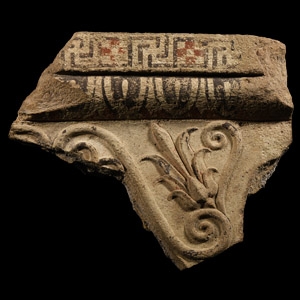
.jpg)


.jpg)
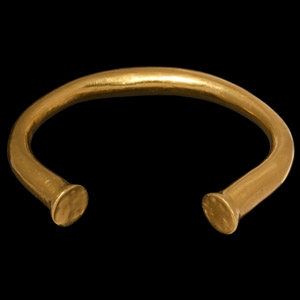
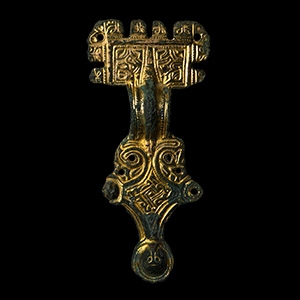

.jpg)
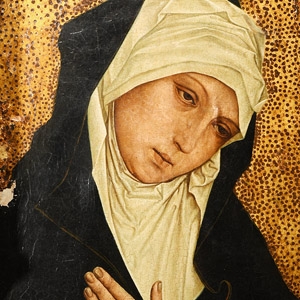

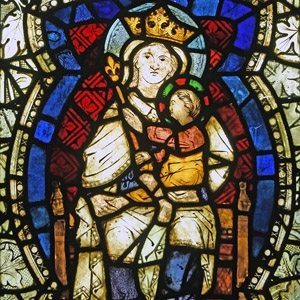
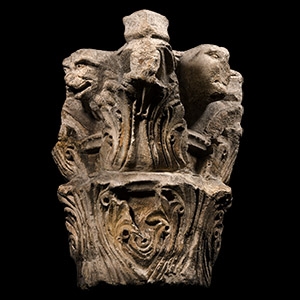
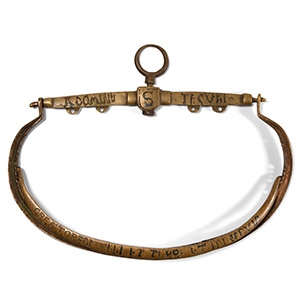
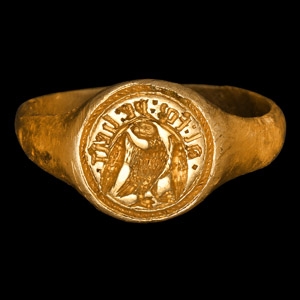
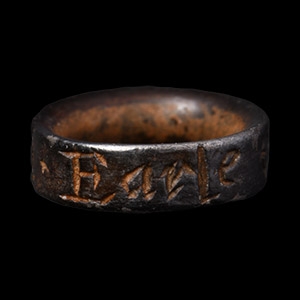
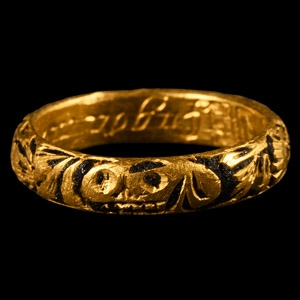
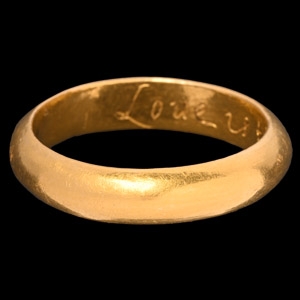
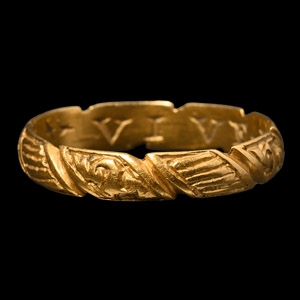
![English Milled Coins - George VI - 1937 - Cased RM Proof Coronation Gold Set [4] English Milled Coins - George VI - 1937 - Cased RM Proof Coronation Gold Set [4]](https://timelineauctions.com/upload/images/items/small/203351-s(2).jpg)
.jpg)
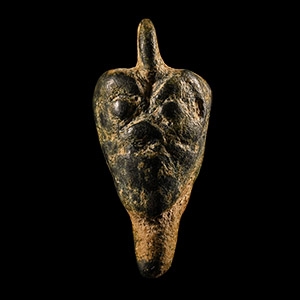
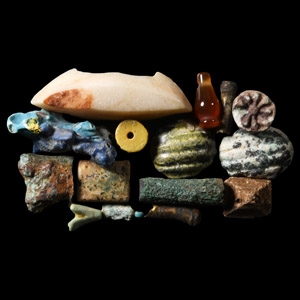
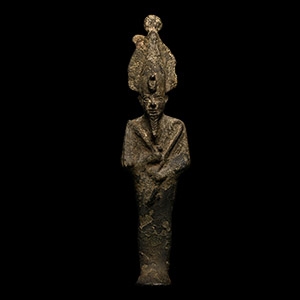
.jpg)
